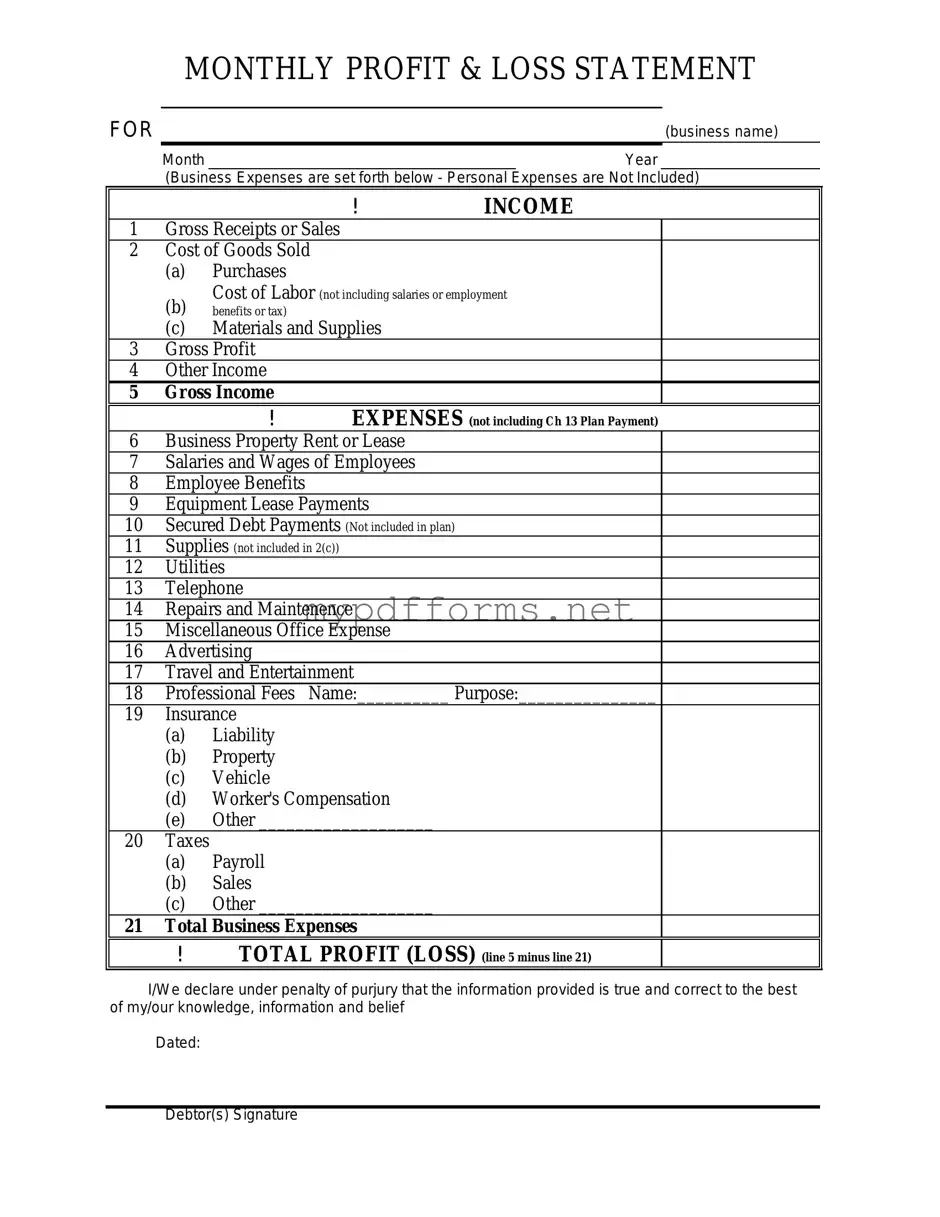The Profit and Loss (P&L) statement, also known as the income statement, is similar to the Balance Sheet. While the P&L shows revenues and expenses over a specific period, the Balance Sheet provides a snapshot of a company’s assets, liabilities, and equity at a single point in time. Together, they offer a comprehensive view of a company's financial health. The P&L focuses on performance, while the Balance Sheet emphasizes the financial position.
The Cash Flow Statement is another document closely related to the P&L. It tracks the flow of cash in and out of a business during a given period. While the P&L records revenues and expenses, the Cash Flow Statement highlights how those transactions affect cash availability. Understanding both documents is essential for assessing liquidity and operational efficiency.
The Statement of Retained Earnings complements the P&L by showing how profits are reinvested in the business. It starts with the net income from the P&L and adjusts for dividends paid out. This document helps stakeholders understand how much profit is retained for growth versus what is distributed to shareholders.
The Budget is a forward-looking document that outlines expected revenues and expenses for a future period. It serves as a financial plan, guiding decision-making and resource allocation. While the P&L reflects past performance, the Budget sets the target for future performance, making both essential for strategic planning.
The Trial Balance is a summary of all ledger accounts, including revenues and expenses. It ensures that total debits equal total credits, serving as a preliminary check before preparing financial statements. The P&L is derived from this document, which confirms the accuracy of financial data before final reporting.
The Income Tax Return is similar to the P&L in that it summarizes income and expenses for tax purposes. It reflects the net income reported on the P&L but includes specific adjustments required by tax regulations. This document is crucial for compliance and tax planning, making it an important counterpart to the P&L.
The Financial Forecast is a projection of future revenues and expenses, similar to the Budget but often more detailed. It uses historical P&L data to predict future performance based on various scenarios. This document is vital for assessing potential growth and preparing for market changes.
The Sales Report provides detailed insights into revenue generation, focusing on sales performance over a specific period. While the P&L summarizes overall revenues, the Sales Report breaks down sales by product, region, or channel. This granularity helps businesses identify trends and make informed decisions.
Understanding the implications of financial documentation is crucial for any business, and for those managing personal affairs, a similar attention to detail is necessary when dealing with legal matters. For instance, the Illinois Power of Attorney form is essential for individuals wanting to designate someone to handle decisions on their behalf, covering various aspects from financial to healthcare. For those looking to ensure their decisions are in trusted hands, completing an Illinois Power of Attorney form is a crucial step. To access such resources, individuals can visit Illinois Forms.
The Expense Report details all expenses incurred during a specific period, similar to the expense section of the P&L. It categorizes costs, helping businesses monitor spending and identify areas for cost reduction. This document is essential for maintaining financial discipline and ensuring accuracy in the P&L.
